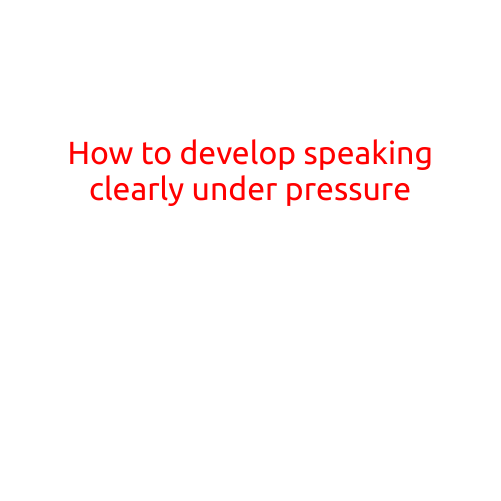
How to Adapt to Effective Closing Statements
When it comes to presenting a case in a courtroom, a closing statement is a crucial part of the process. It’s the final opportunity for lawyers to summarize the evidence, highlight the key points, and persuade the jury or judge of their client’s innocence or liability. However, a poorly crafted closing statement can make all the difference between winning and losing a case. In this article, we’ll explore how to adapt to effective closing statements and take home the prize.
Plan Ahead
Before diving into writing your closing statement, it’s essential to plan ahead. Review the case file, prepare an outline, and organize your thoughts. This will help you identify the most critical points to emphasize and ensure a smooth delivery. A well-planned closing statement is key to keeping the jury engaged and focused.
Identify the Key Points
A successful closing statement should focus on the key points that support your client’s case. Identify the strongest evidence, the most compelling arguments, and the most relevant legal precedents. Make sure to maintain a clear and concise tone, avoiding unnecessary details and jargon. By focusing on the main points, you’ll keep the jury focused and interested.
Use Storytelling Techniques
Storytelling is a powerful tool in the courtroom. By weaving a compelling narrative, you can engage the jury and make the facts more relatable. Use descriptive language to paint a vivid picture of the events, and highlight the consequences of the opposing party’s actions. This will help the jury connect emotionally with the case and make more informed decisions.
Emphasize the Opposing Party’s Weaknesses
A smart closing statement should also highlight the opposing party’s weaknesses and inconsistencies. Identify gaps in their evidence, contradictions in their testimony, and flaws in their arguments. By juxtaposing your client’s strengths with the opposing party’s weaknesses, you’ll create a compelling narrative that favors your client.
Maintain a Logical Structure
A well-structured closing statement is essential to keeping the jury engaged. Divide your statement into clear sections, each focusing on a specific aspect of the case. Start with an introduction that sets the tone and provides an overview of the case. Follow up with evidence, arguments, and legal precedents. Conclude with a summary of the main points and a call to action.
Practice, Practice, Practice
When preparing your closing statement, don’t underestimate the importance of practice. Rehearse your delivery, timing, and tone to ensure a professional and confident presentation. Practice in front of colleagues, friends, or even a mirror to get comfortable with the material.
Be Authentic and Passionate
A successful closing statement should be authentic and passionate. Avoid scripted dialogue and clichés, opting instead for a genuine and heartfelt delivery. Show the jury that you believe in your client’s cause and are committed to their success.
Adapting to Effective Closing Statements
In conclusion, adapting to effective closing statements requires careful planning, attention to detail, and a clear understanding of the case. By identifying the key points, using storytelling techniques, emphasizing the opposing party’s weaknesses, maintaining a logical structure, practicing your delivery, and being authentic and passionate, you’ll be well on your way to crafting a winning closing statement. Remember, a well-crafted closing statement is the culmination of a successful case, and with these tips, you’ll be ready to take on any challenge that comes your way.





